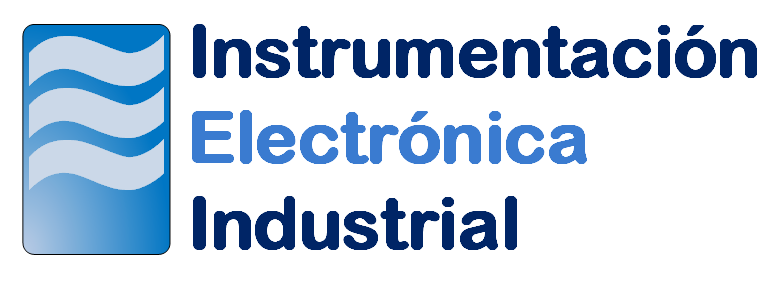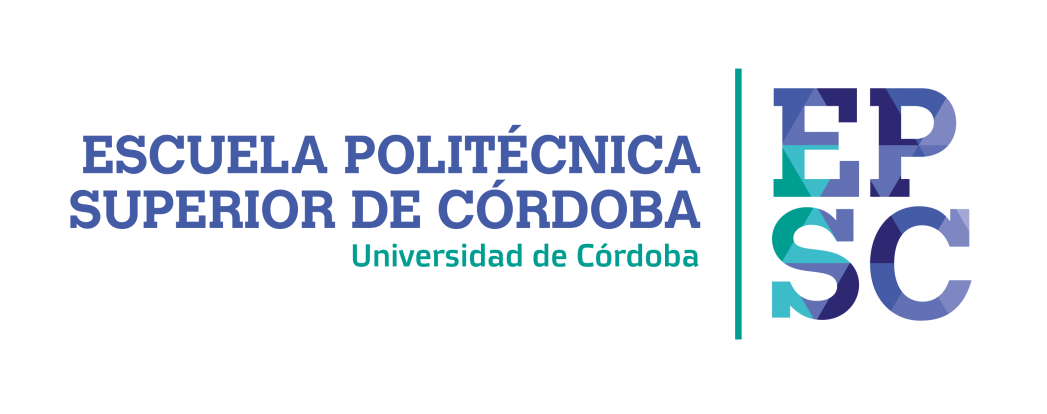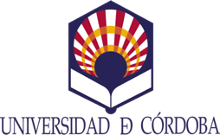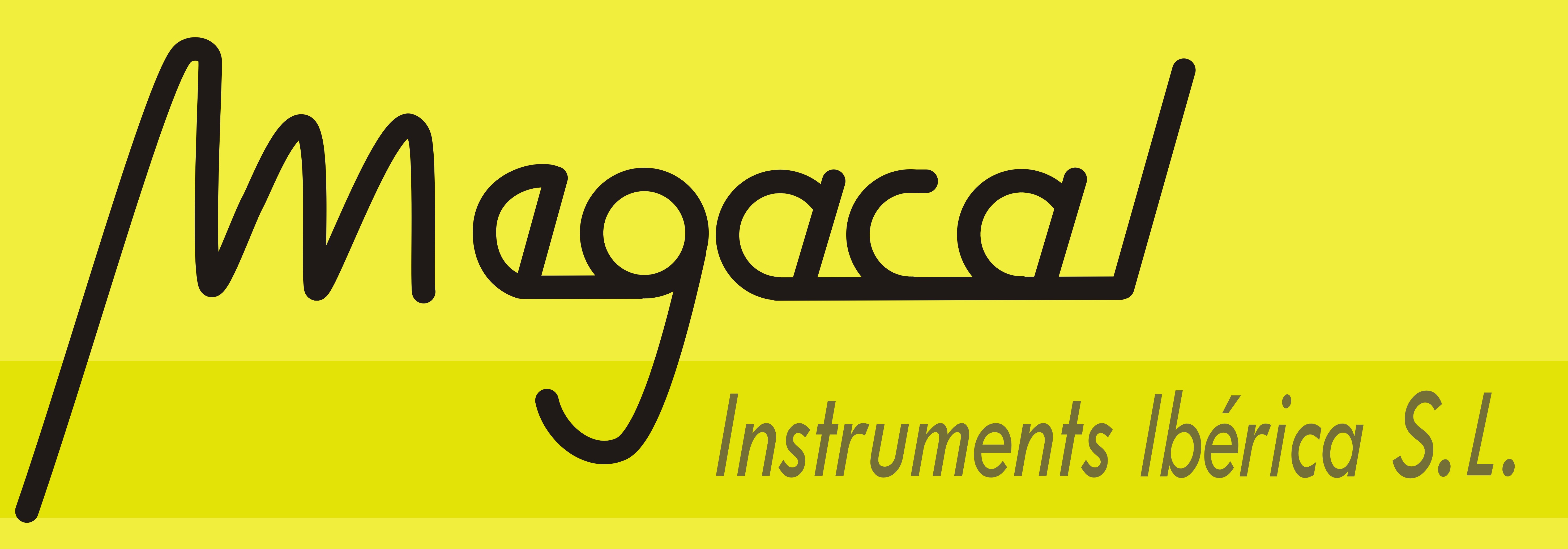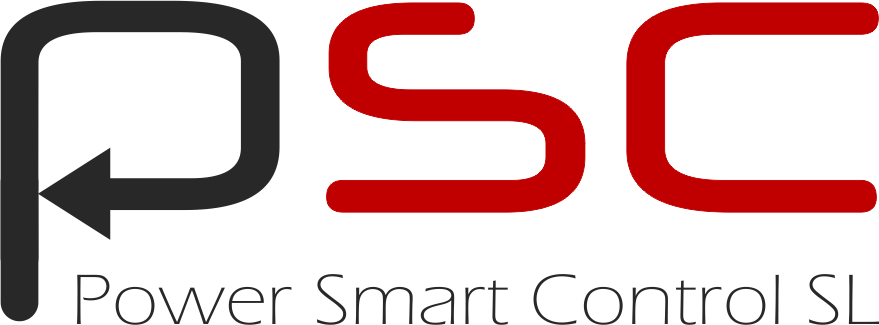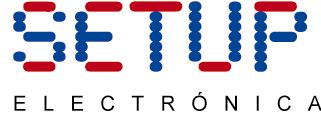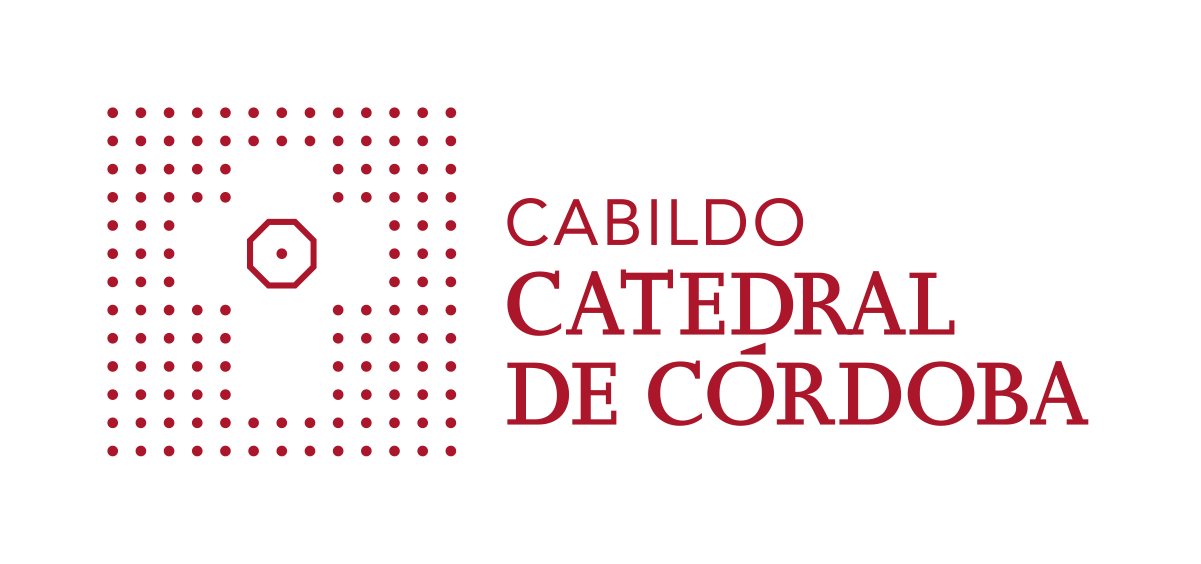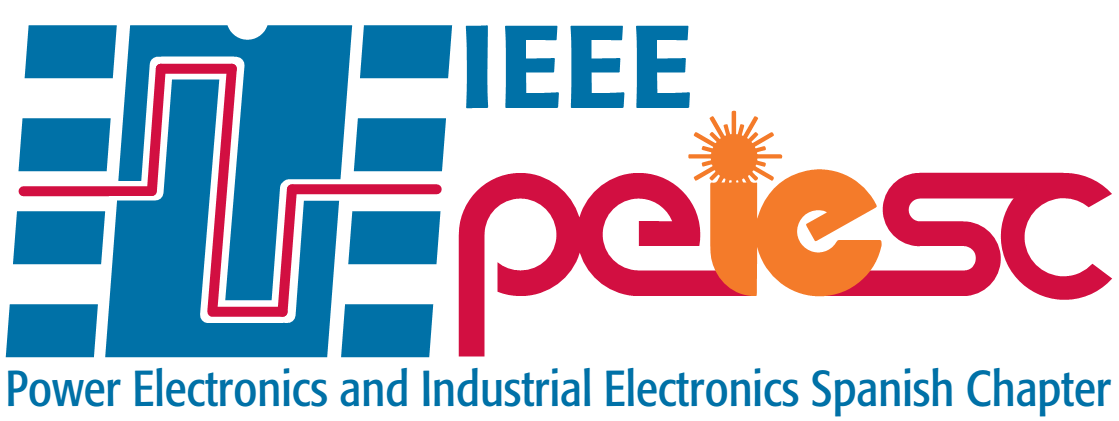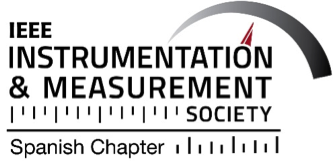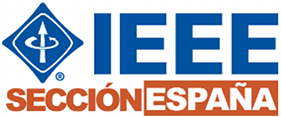
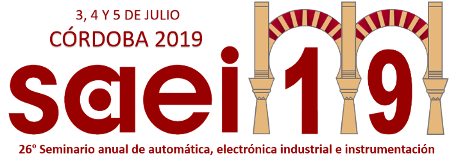
Sesiones plenarias
Sesión plenaria 1:
Industry 4.0 and Software Development: Model Driven is the only way
Miércoles 3 de julio a las 10:15h
Sala Julio Romero de Torres
Resumen
The industrial environment has change dramatically in the last decades. Most of the components of a production line are now capable of some sort of connectivity, status report or remote control. Our expectation on what is possible to achieve in such environment has also changed.
All these new features are possible due to the extensive use of Software in an environment that traditionally was focused on Hardware and has look down on Software development. We need to change that if we want to get the most out of the new scenario.
Ponentes
Jaime Mahillo Aguilar
Cordis Automation BV
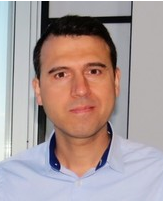
Jaime Mahillo Aguilar is a Software Engineer with more than 15 years of experience in Defence, Aerospace and High Tech industries that allowed him to specialise in SW/HW interaction, machine control, process control and HW bring up. He also has extensive knowledge in image/signal processing, Systems Engineering and Testing at different levels. He is the Director of Engineering of Cordis Automation, where they develop a Model-Driven Software Design platform. He was Senior Systems Engineer in Domino Printing Technologies in Cambridge, UK, where he works in the design of new products being part of the Systems team in charge of SW/HW/FW partitioning, Embedded SW development and Testing...He was Senior Embedded SW Engineer in Aveillant Ltd also in Cambridge, UK, they have an unique Radar technology platform, where he designed and implemented the embedded SW system for the main sensor, integration with legacy Video Radar System, work in the prototyping and coding of the Radar data processing chain and the Unit tests, requirement verifications test and manufacturing tests. He was Optronics System Engineer in Ciudad Real, Spain, one of the most important global reference models, in the optronic sophisticated technologies, in Europe, United States, Middle East, Latin America and Africa, where he worked in different programs such as: Test SW of the LDP of the Spanish F15, Embedded SW of the IR camera of the Swedish Grippen, SW of the Centinela System, a deployable surveillance system, the design and manufacture of the ODIN Uncooled Driving Aid System, Designing and coding SW under MIL-STD and DO-178 and HW design validation, debugging and testing.
Sesión plenaria 2:
Emprendiendo desde la universidad.
Jueves 4 de julio a las 10:30h
Sala Julio Romero de Torres
Moderadora:
Tanya Suarez, Fundadora de Iot Tribe, CEO en BluSpecs Innovation
Ponentes:
Juan M. Carrasco
Dpto. de Ingeniería Electrónica. ETS Ingenieros. Universidad de Sevilla. Green Power Technologies, SL (GPtech) www.greenpower.es
Juan M. Carrasco was born in San Roque, Spain. He received the M.S. and Ph.D. degrees in industrial engineering from Seville University, Sevilla, Spain, in 1989 and 1992, respectively.
He is currently Full Professor at the Department of Electronic Engineering of Seville University. He has been working for many years in the power electronic field where he was involved in a large number of industrial applications ... for the design and development of power converters applied to renewable energy and energy storage technologies. His current research area is power electronics for Smart Grids and especially he is working on the integration of renewable energy sources, FACTS and ESS technologies.
In 2002, he was Co-founder of a technology based company called GPtech (www.greenpower.es). Carrasco was the Manager Director of the company from 2002 until 2007. He is currently Partner of the company and he is involved in R&D activities of many new technological products which they will be commercialised by the company in the next few years.
Eugenio Domínguez Amarillo
Wind Inertia Technologies y Hybrid Energy Storage Solutions
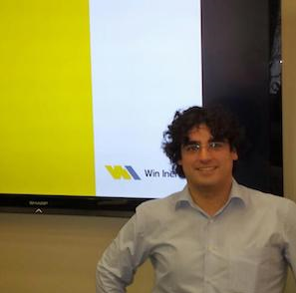
Eugenio Domínguez Amarillo was born in 1976 and studied telecommunications engineering at the University of Seville. In 1999 he joined the TIC-109 Electronic Technology Group at that university, working as a researcher on industrial R+D projects. He has also combined his education with two advanced business programs, as 50k Business Administration Program from San Telmo Business School and the Executive Growth Program from ESADE and IESE.
From 2005 to 2008 he was the managing director of the Electronic Technology Group's R+D laboratory, specializing in power electronics and renewable energy, and taking responsibility for a number of different projects.
..
He has directed or collaborated on more than 60 research and development projects, national and international, for both private companies (Like ENDESA-ENEL, ABENGOA, IBERDROLA, AIRBUS, EON) and public organizations and has published 30 technical papers at conferences or in specialist national and international magazines, besides chapters in books about renewable energies integration. He has given a number of courses on the development of DSP and FPGA technology-based systems and the implementation of new systems of renewable energy at both a national and international level. He has also spent periods of time at research centers in various European and South American countries, taking an active part in the R+D projects being carried out. His main research topics and his expertise are focused on power electronic topologies, control systems development and energy storage technologies. He is the author of seven patents focused on new applications and new concepts of energy storage technologies, fruit of his work both as researcher or in his current position.
He is also a technological reference on the energy storage ecosystem, being invited as speaker on several conferences and events thanks to his disruptive vision about the integration of these systems on the grid, and the creation of breakthrough applications such as the hybrid concept, the integration of energy storage on railway applications or the fast response solutions for microgrids or islanded systems.
As a natural born entrepreneur, he was involved on to five entrepreneurships providing his expertise on high performance control systems applied to different fields as energy, defense or biotech, and his clear view of the markets’ trends.
He was the founder of Win Inertia, the company that developed the technology applied by HESStec, and the company's CEO on a strategic and managing level, and as Senior CTO directing the company’s scientific technological development jointly with the technological committee, since 2007.
Actually, he is the Chief Technological Officer of HESStec and chairman of the Board of Directors. Regarding the undertaking, he will be the Technology Manager of the company project, leading the technical team and defining the technical specifications and controlling their fulfillment in order to meet the user’s requirements, besides the technological strategy to fill the gap between the technology and the market’s needs. He also belongs to the shareholders of HESStec. He works fulltime on HESStec. He is also the chairman of the board of HESStec Canada.
Fernando Palacios Hidalgo
ROVIMÁTICA S.L.
José Ángel Noguera
Proasistech Smart Solutions.
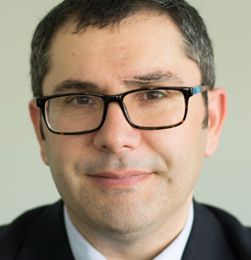
Dr. en Informática e Ingeniero en Automática y Electrónica Industrial por la Universidad Politécnica de Cartagena. Máster MBA (EAE Business School de Barcelona) y colaborador del HUB Cloud Incubator de Cartagena. Fundó junto a otros dos socios la compañía de base tecnológica Proasistech Smart Solutions en el año 2012. La empresa ofrece soluciones en el campo del IoT, Smart Cities e Industria 4.0 y actualmente está formada por 21 personas ofreciendo sus servicios en todo el territorio nacional. En 2016 la compañía patentó la plataforma HiThing! que es una red social en formato chat para que las personas y objetos puedan comunicarse en lenguaje natural. De especial utilidad en el campo del mantenimiento industrial, de edificios y electrodomésticos.
Sesión plenaria 3:
Sistemas de posicionamiento en interiores: tecnologías, aplicaciones y tendencias
Viernes 5 de julio a las 10:30h
Sala Julio Romero de Torres
Resumen
Todavía no existe para los espacios interiores un sistema de posicionamiento dedicado como el GNSS (Global Navigation Satellite System) en exteriores; en su lugar, se han considerado una serie de diferentes enfoques tecnológicos: uso de radiofrecuencia (RF), infrarrojos (IR), sistemas sónicos o ultrasónicos; sistemas ópticos, campo magnético, visión artificial, cámaras de profundidad, dead-reckoning para personas (PDR), sistema de navegación inercial (INS) así como cualquier combinación de los mismos. Por volumen, la mayoría de los esfuerzos se concentran en la tecnología de comunicación RF, como IEEE 802.11 (WIFI), Bluetooth, identificación RF (RFID), comunicación de campo cercano (NFC) o radio de banda ultra-ancha (UWB)... Además de las tecnologías base empleadas, cuyo tratamiento a bajo nivel ya es un gran reto, cualquier sistema de posicionamiento conlleva otros niveles de proceso: fusión de datos sensoriales diversos, aplicación de algoritmos de posicionamiento (fingerprinting, trilateración, multilateración, triangulación, etc.), optimización de los sistemas de balizamiento, integración con mapas del entorno y otras señales de oportunidad, y desarrollo de la aplicación final, junto con sus interfaces de usuario. Las aplicaciones pueden estar, o no, orientadas a la privacidad y abarcan gran cantidad de sectores, ya que aprovechan el conocimiento de la posición en tiempo real de personas, vehículos móviles o cualquier instrumento o dispositivo habilitado para ello. Pueden incluir desde control de accesos, estadísticas de paso, navegación y seguimiento, asistencia personalizada y contextual, diseño de juegos y realidad aumentada, control de inventario de material móvil, gestión de almacenes, tareas de automatización, etc. En muchos casos, el desarrollo se centra en dispositivos portables, como los teléfonos inteligentes o las tabletas, ya que dichos dispositivos están diseñados para la interacción del usuario y proporcionan aplicaciones de realidad aumentada y servicios multimedia.
Todos estos detalles, junto con aspectos socio-económicos y nivel de desarrollo en el contexto nacional, han sido incluidos en el “Libro Blanco sobre Espacios Inteligentes y Tecnologías de Posicionamiento y Navegación en Entornos de Interior” que se presentará en la ponencia.
Ponentes:
Jesús Ureña Ureña
Grupo de Investigación en Ingeniería Electrónica aplicada a Espacios Inteligentes y Transporte (GEINTRA), Departamento de Electrónica, Universidad de Alcalá
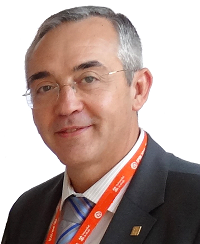
El Dr. Ureña es Ing, Técnico e Ing. de Telecomunicación por la UPM y Doctor Ingeniero de Telecomunicación por la UAH. Actualmente es Catedrático de la Universidad de Alcalá, en el área de Tecnología Electrónica. Ha sido Director y Secretario del Departamento de Electrónica. Ha participado en 25 proyectos de I+D financiados con fondos públicos (12 como Investigador Principal - 6 de ellos como Coordinador General de Proyectos Coordinados). Participación en más de 30 contratos... de financiación privada con empresas y administraciones (en más de la mitad como responsable). Los temas abordados en la investigación abarcan las áreas de robótica móvil, integración multisensorial, sensores de ultrasonidos, implementación de algoritmos en hardware, control y actuación electrónica, sistemas de posicionamiento y tecnologías electrónicas e informáticas aplicadas al transporte. Ha coauturado más de 70 publicaciones internacionales en revistas indexadas JCR, en revistas de gran valor en el sector de la ingeniería aplicada como IEEE Proceedings e IEEE Transactions, y conferencias nacionales e internacionales (más de 150 trabajos). Es coinventor en 8 patentes. Evaluación positiva, de cuatro períodos consecutivos de investigación de 6 años (1992 a 2015) por la CNAI. Ha dirigido o codirigido un total de 16 tesis doctorales, dentro de un programa de doctorado con Mención de Calidad desde 2003, 8 de ellas con reconocimiento de doctorado internacional, una en co-supervisión internacional (doble titulación) y 7 que han obtenido el premio a la mejor tesis en la UAH. Docencia durante más de 30 años en Grado, Licenciatura, Máster y Doctorado. Estancia de varios meses en Centros Europeos y Latinoamericanos. Chair general de tres congresos internacionales, destacando el 7th Int. Conf. on Indoor Positioning and Indoor Navigation, IPIN2016, celebrado en la UAH. Miembro de diferentes Comités Técnicos (I2MTC, VICIMS, ETFA, WISP, ROSE, IPIN, ...) y, actualmente, Editor Asociado de las revistas "Sensors" e "IEEE Trans. on Instrum. and Measurements". Vicepresidente del capítulo español de la Sociedad de Instrumentación y Medida del IEEE. Experto del Ministerio en la Comisión Técnica de Proyectos del Plan Nacional de I+D en el área de Tecnologías Informáticas (TIN).
José Luis Lázaro Galilea
Grupo de Investigación en Ingeniería Electrónica aplicada a Espacios Inteligentes y Transporte (GEINTRA), Departamento de Electrónica, Universidad de Alcalá
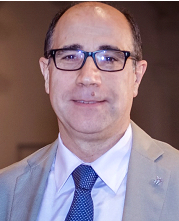
El Dr. Lázaro es Ing. Técnico e Ing. de Telecomunicación por la UPM y Doctor Ingeniero de Telecomunicación por la UAH. Actualmente es Catedrático de la Universidad de Alcalá, en el área de Tecnología Electrónica. Ha sido Vicerrector de Estudiantes y Promoción, Vicerrector de Docencia y Estudiantes, Vicerrector de Planificación Académica y Profesorado de la Universidad de Alcalá, y Vicepresidente de su Claustro
Ha sido Investigador Principal en 16 proyectos con financiación pública y 30 contratos con empresas, y participado como investigador en otros tanto, ha participado como IP en 7 proyectos y 7 contratos (por convenio) con instituciones públicas. Los temas abordados en la investigación abarcan las áreas de robótica móvil, integración multisensorial, sensores de infrarrojo, sistemas de posicionamiento y automatización industrial. Ha coauturado más de 70 publicaciones internacionales en revistas indexadas JCR, en revistas de gran valor en el sector de la ingeniería aplicada y la sensórica, y conferencias nacionales e internacionales (más de 150 trabajos). Es coinventor en 6 patentes. Evaluación positiva, de cuatro períodos consecutivos de investigación de 6 años (1992 a 2015) por la CNAI. Ha dirigido o codirigido un total de 15 tesis doctorales, dentro de un programa de doctorado con Mención de Calidad desde 2003, 6 de ellas con reconocimiento de doctorado internacional, una en co-supervisión internacional (doble titulación) . Docencia durante más de 30 años en Grado, Licenciatura, Máster y Doctorado. Estancia de varios meses en Centros Europeos y Latinoamericanos. Editor de tres proceedings de jornadas y conferencias internacionales vinculadas a cooperación universitaria para la investigación en programas y Redes de AECID. Posee el Diploma de Profesor Visitante de la Universidad de Oriente por contribución al desarrollo dela Docencia e Investigación.
